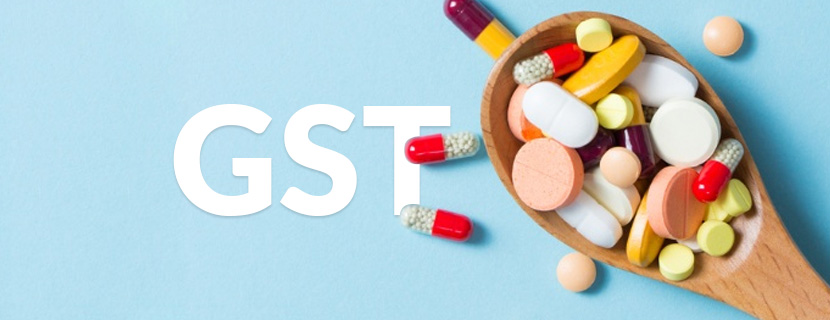Chronic diseases have become one of the most crucial causes behind global morbidity. Before a few decades, chronic diseases were prevailing only in the developed countries. But with lifestyle becoming more and more sedentary, these diseases also have started to develop in low to middle income nations.
If India is to be talked about, deaths due to such diseases are projected to reach 7.63 million in 2020 from 3.78 million in 1990. This is due to lack of awareness. Health programs are also focused on the prevention of ailments such as hypertension, diabetes or other cardiovascular issues. If nephrological disorders are focused, least prominence has been given to spreading its awareness. Also, due to less number of nephrologists in comparison to total patients with nephrological chronic disorders; kidney diseases are progressing to even end-stage renal diseases.
Prevalence of nephrological disorders
Actual prevalence of nephrological disorders cannot be assessed in India but a study (conducted by Harvard Medical School in partnership with 13 medical centers across India) has found that almost 17% of India’s total population has some sort of kidney disease. People with last stage of kidney failure require dialysis or transplantation to sustain. Every year, 2 lakh new patients need dialysis in our country but sadly, only 10-20% gets proper dialysis treatment. The remaining includes the ones that aren’t diagnosed yet or those unable to go for the treatment. As of today, almost 20 lakh people should have a proper dialysis today but at present, only 1 lakh are getting it!
Diabetes is one of the main causes of developing nephrological disorders and India is on number one position in prevalence of diabetes. More than 60 million diabetics are there in the nation of which majority are either not diagnosed or poorly treated. It is an unfortunate truth that 30% of diabetics will develop nephrological diseases and mostly, the chronic diseases.
The big thing is that per million population, there are only 0.4 dialysis centers in the country and only 4000 kidney transplants are performed every year. On the other hand, Japan has 20 dialysis centers per million population and the Unites States performs 16000 kidney transplants (or similar operations) per year with having only one fourth the total population of India.
However some illustrious activities for nephrological disorders brought attention of the policymakers and media to this deprived group of diseases. Also, the Indian Government has taken an initiative to establish some stand-alone hemodialysis units in the country in order to encourage the treatment at affordable rates. Also, the National Organ Transplant Program has been launched to facilitate transplantation on the national scale.
Role of Indian pharma companies
Many Indian pharma companies are supporting the agenda of spreading awareness about nephrological disorders. La Renon is one of the earliest Indian pharma companies to foray into this domain of nephrology. It was difficult to begin this domain in country like India where majority of the population is suffering from some sort of nephrological disorders. But in very short period of time since the inception of La Renon in 2007, we have been successfully delivering medication for following segments:
- Renal medicine
- Renal nutrition
- Hemodialysis
- Transplant
Know more about our nephrological drugs, now.
Source:




